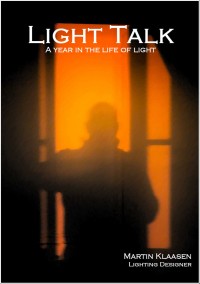Lighting and turtle breeding
Perth, 20th February 2010
This blog is long overdue and quite different from your average architectural lighting design project! Lighting Images has been involved over a period of about 2 years in exploring the environmental impact of lighting to the natural habitat. As part of a larger environmental expert team we were entrusted with researching the lighting effects specifically on “turtle breeding”. For that we spend a good period of 2 years over various seasons and times of the year doing actual lighting research with different types of lights and real life turtle hatchlings on a prospective site for a future development classified as a turtle breeding beach. In order to get approval from the government for the development, the developer had to commission this environmental impact study.
Adult turtles basically have to find their way up the beach to nest and uncontrolled artificial light may cause premature egg laying before they even reach the nesting place. Then when the baby hatchlings are born these have to find their way back into the sea. Uncontrolled artificial lighting will cause disorientation and as a result many die before even reaching the sea.
While the detailed results of our study are still confidential, there are some generics that we can share. Turtles have a different spectral vision then we have with more than one peak sensitivity, a bit like our photopic and scotopic vison. Different turtle species even have different peak eye sensitivities. While moonlight is the natural way of lighting for turtles, we found that the more moonlight was present the lesser impact the artificial lighting had on turtle behavior.
Our study focused mainly on finding wavelengths that would be invisible or of no impact to turtles while still allowing human activity. While total perfection could not be obtained, our research showed that with lighting producing light waves well above the 600 nm range the greatest successes were obtained. These findings basically rule out any fluorescent or low pressure sodium as acceptable visible light source. However by far the most important result is that lighting design (control and manipulation of light by location and shielding of direct and reflected light) is the keyto success!

 The long awaited book compilation of Martin's first year of blogging is available. Order now.
The long awaited book compilation of Martin's first year of blogging is available. Order now. Feedspot Top 100 Lighting Blogs
Feedspot Top 100 Lighting Blogs